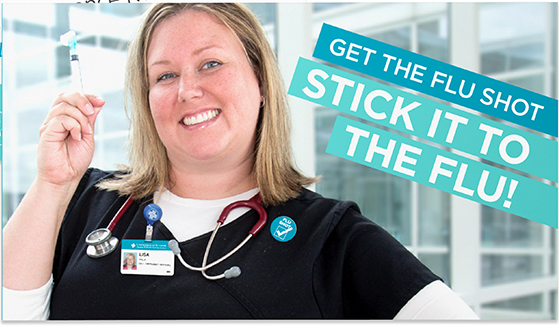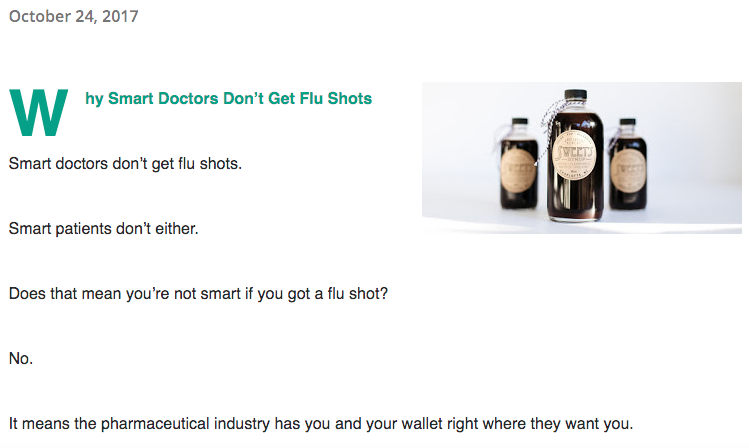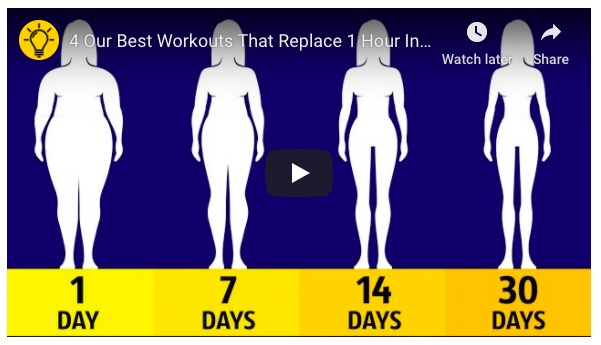
Most people are unaware, but something significant changed when Obama signed the Affordable Care Act into law in 2010. Nurses in hospitals are now required to ask every single patient upon arrival – for any and all reasons – if they have had a flu vaccine already this year (September – March) or a pneumococcal vaccine. If they report that they have not received these vaccines, it will be noted in the computer records and an order will automatically be generated to give the patient these vaccines. No doctor is consulted. It is the “Standard of Care” hospital policy. Since the CDC and most state Health Departments recommend flu shots yearly for all ages, this impacts everyone. Pneumococcal vaccines are promoted to those over the age of 65 and may also be offered to babies/young children since the CDC includes them in their recommendations. If you are at the hospital for elective surgery, a broken limb, or anything else, you will be targeted to get those vaccines.
How do you protect yourself?
- Never sign an electronic signature pad when admitted to a hospital – the information in these ‘forms’ include giving permission for the administration of “biologics” which means you have just signed permission to be injected with vaccines.
- Ask for a paper copy. Write clearly “No Biologics” and “No Vaccines” above your signature. I have heard of patients being told they cannot provide paper copies. In this instance you may continue to refuse to sign the electronic signature pad and see what they are able to come up with.
- Some people aren’t willing to take any chances and suggest using a Sharpie permanent marker to write on both arms before elective surgery: “No Biologics” and “No Vaccines” so the nurse will have no doubt of your refusal! There have been too many cases of a nurse ‘forgetting’ or giving vaccines even after refusal. Take a photo of it written on your body – as proof of refusal!
The view point of most hospital facilities is that even if someone already received a flu vaccine earlier in the season, or if their vaccine status is “unknown” IT WON’T HURT TO BE VACCINATED TWICE. So, if you are admitted to the hospital and you can’t remember if you have had a flu shot this season, as long as you don’t refuse, you will get a flu shot on admission. Nurses can also get permission from family members and give flu shots while the patient is recovering from surgery.
It’s important that you make sure every family member knows your desire to avoid all vaccines.
Also, patients admitted for trauma will get a TDaP in the ER when they arrive UNLESS THE PATIENT OR THE FAMILY REFUSES at the time of the trauma. Hospital “standard of care” policy for nearly all injuries, especially those with a point of entry, is to order a TDaP/DTaP (depending on the age). So even if you cut your hand washing dishes in soapy water, expect to be offered a TDaP.
Vaccination is nurse driven. Hospital policy dictates that nurses should be vigilant in regards to vaccines for all admissions. They are instructed to assess vaccination status of all patients admitted to hospital. The guideline used is that ALL PATIENTS GET A FLU SHOT on the second day in the hospital from September – March (sometimes longer). Vaccines will be administered unless REFUSED by the patient.
The key is that THE PATIENT HAS THE RIGHT TO REFUSE. But sometimes it requires extreme vigilance to exercise your right!

Smart doctors, smart nurses, and informed humans all REFUSE flu vaccines. Read the story of how one smart doctor figured out – after 3 years of getting sick after flu vaccines – that it was time to do some REAL RESEARCH. The information she found out after contacting the CDC flu division is profound. Flu vaccines don’t work. The CDC admits it.

Becky Hastings, passionate about Jesus, health, family, truth and healing foods. Wife, mother, grandmother, life and health coach.
Please share your experience in the comments! Thanks




